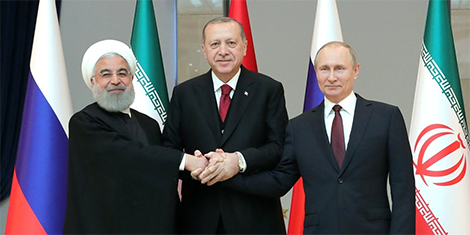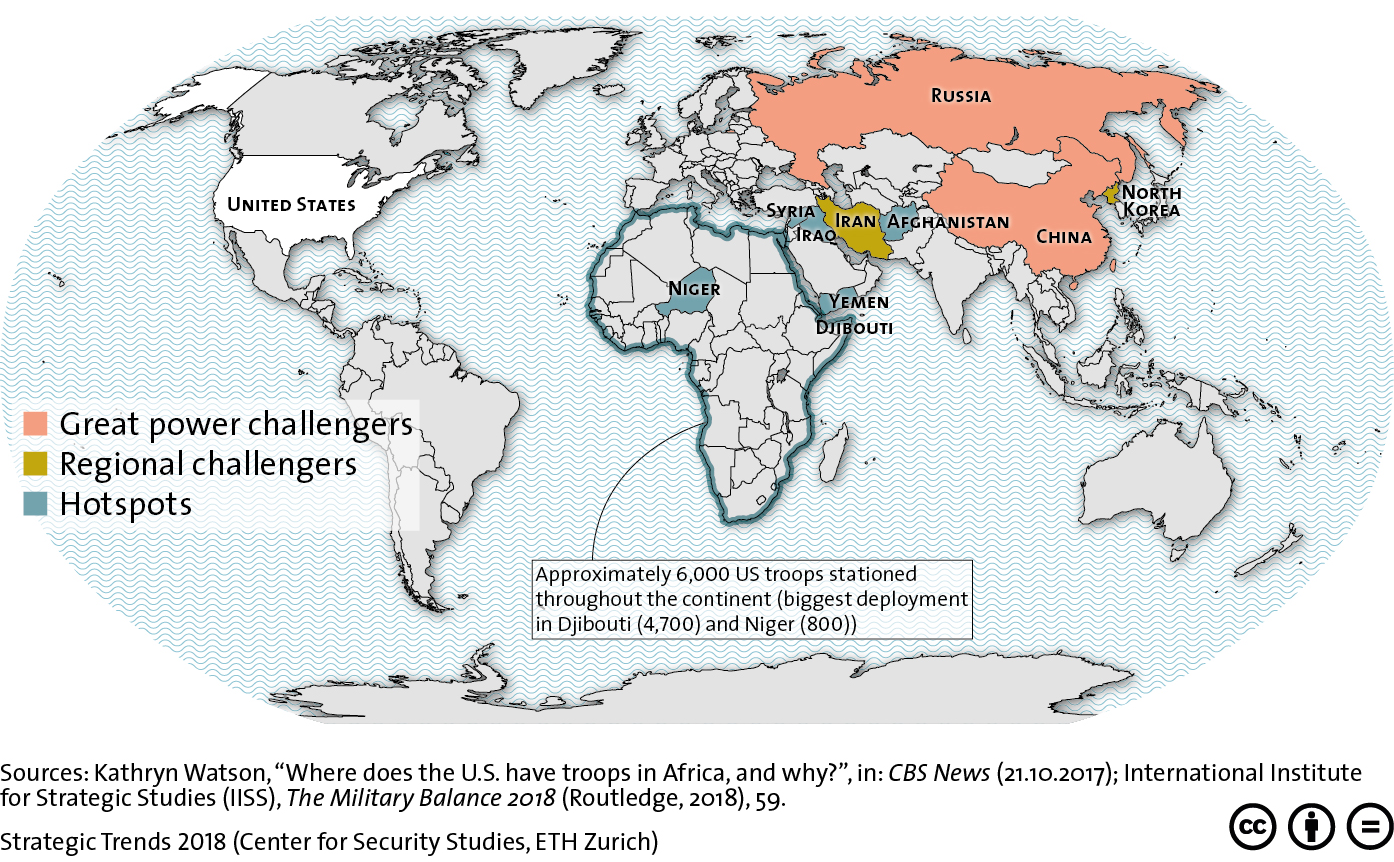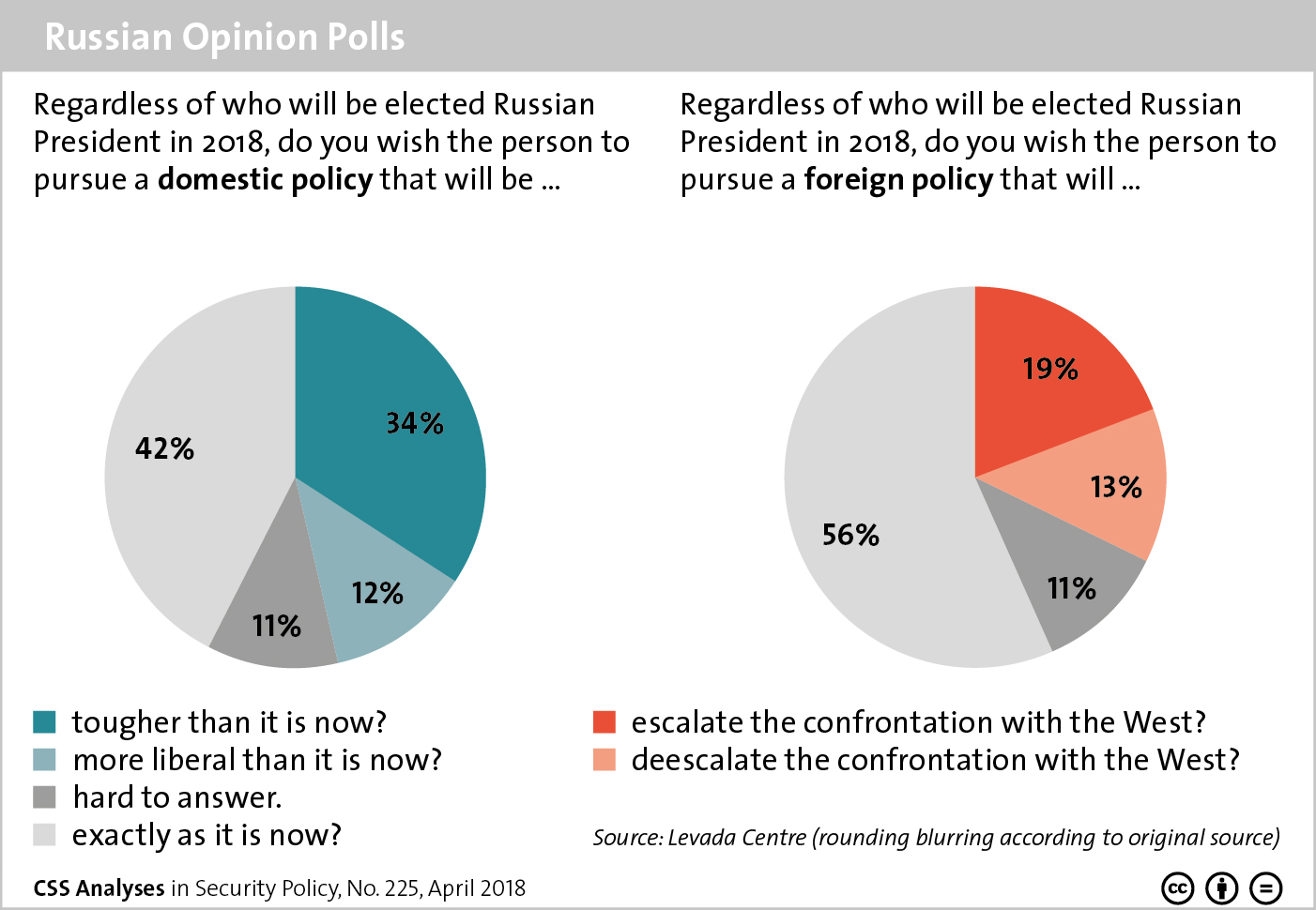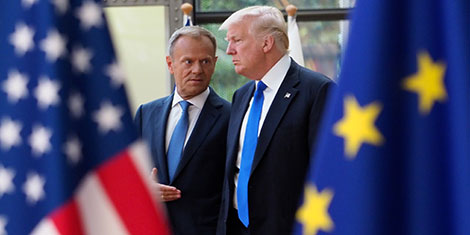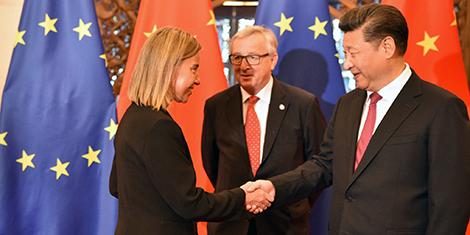
This article was originally published by the German Instiitute for International and Security Affairs (SWP) in April 2018.
European attitudes towards China and its Belt and Road Initiative are changing. While the People’s Republic under Xi Jinping is the only country in the world pursuing a global vision, distrust of China’s expanding influence is growing. As a consequence, the European debate about China is becoming increasingly emotional with interpretations fluctuating between alarmism and reassurance. Ideas about the ‘essence of China’ and expectations that the country should fit into the liberal order according to Western standards, however, threaten to limit Europe’s scope of action in dealing with the People’s Republic. In order to develop strategies for a confident German and European policy, China’s current global political approach should be considered systematically. Based on the features of China’s ‘connectivity politics’ (Konnektivitätspolitik), Germany and the EU could formulate policy options that go far beyond the realm of infrastructure.

